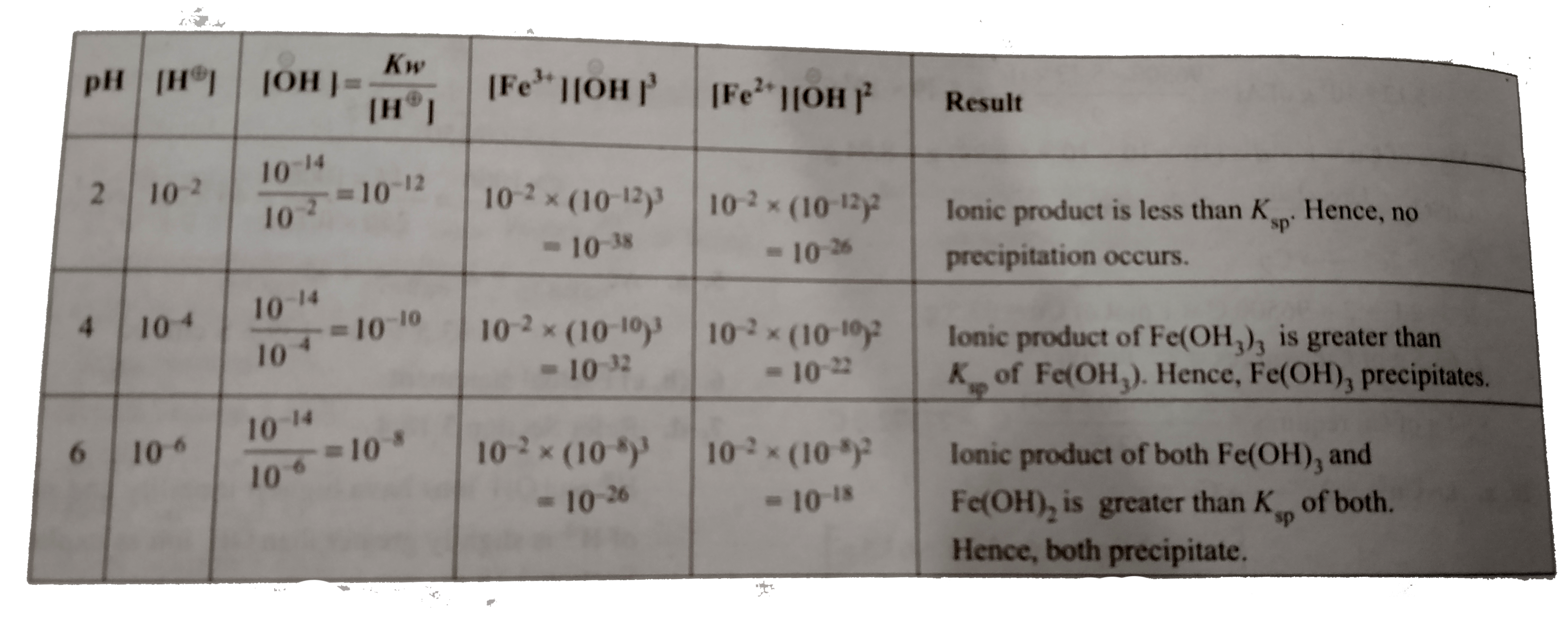A
B
C
D
Text Solution
Verified by Experts
The correct Answer is:
|
Topper's Solved these Questions
ELECTROCHEMISTRY
CENGAGE CHEMISTRY|Exercise Exercisemultiple Correct Ansers|53 VideosView PlaylistELECTROCHEMISTRY
CENGAGE CHEMISTRY|Exercise Exercises Ingle Correct|178 VideosView PlaylistELECTROCHEMISTRY
CENGAGE CHEMISTRY|Exercise Ex 3.3 (Objective)|10 VideosView PlaylistD AND F BLOCK ELEMENTS
CENGAGE CHEMISTRY|Exercise Archives Subjective|29 VideosView PlaylistGENERAL PRINCIPLES AND PROCESS OF ISOLATION OF ELEMENTS
CENGAGE CHEMISTRY|Exercise Archives (Subjective)|14 VideosView Playlist
Similar Questions
Explore conceptually related problems
Knowledge Check
Similar Questions
Explore conceptually related problems
CENGAGE CHEMISTRY-ELECTROCHEMISTRY-Exercise(Linked Comprehension )
- An aqueous solution containing 0.1M Fe^(3+) and 0.01 M Fe^(2+) was tit...
04:56
|
Playing Now - An aqueous solution containing 0.1M Fe^(3+) and 0.01 M Fe^(2+) was tit...
04:56
|
Play - An aqueous solution containing 0.1M Fe^(3+) and 0.01 M Fe^(2+) was tit...
04:56
|
Play - Calculate Delta(r)G^(c-) of the reaction : Ag^(o+)(aq)+Cl^(c-)(aq) r...
11:54
|
Play - E^(c-).(cell) of the reaction above in Question is
11:54
|
Play - K(sp) of AgCl is
11:54
|
Play - 6.537 xx 10^(-2)f of metallic Zn was added to 100 mL of saturated sol...
11:54
|
Play - Calculate the number of moless of Ag formed above in Question.
11:54
|
Play - The magnitude ( but not the sign ) of the standard reduction potential...
12:19
|
Play - The magnitude ( but not the sign ) of the standard reduction potential...
12:19
|
Play - The magnitude ( but not the sign ) of the standard reduction potential...
12:19
|
Play - A volataic cell consists of an electode of solide silver immerse in a ...
07:26
|
Play - A volataic cell consists of an electode of solide silver immerse in a ...
07:26
|
Play - Fuel cells : Fuel cells are galvanic cells in which the chemical energ...
08:04
|
Play - Fuel cells : Fuel cells are galvanic cells in which the chemical energ...
08:04
|
Play - Fuel cells : Fuel cells are galvanic cells in which the chemical energ...
08:04
|
Play - Fuel cells : Fuel cells are galvanic cells in which the chemical energ...
08:04
|
Play - A conductivity cell is used to measure the conductance of electrolyte ...
03:37
|
Play - A conductivity cell is used to measure the conductance of electrolyte ...
03:37
|
Play - Breathalyzer is used to detect the alcohol content in the suspected dr...
08:48
|
Play
